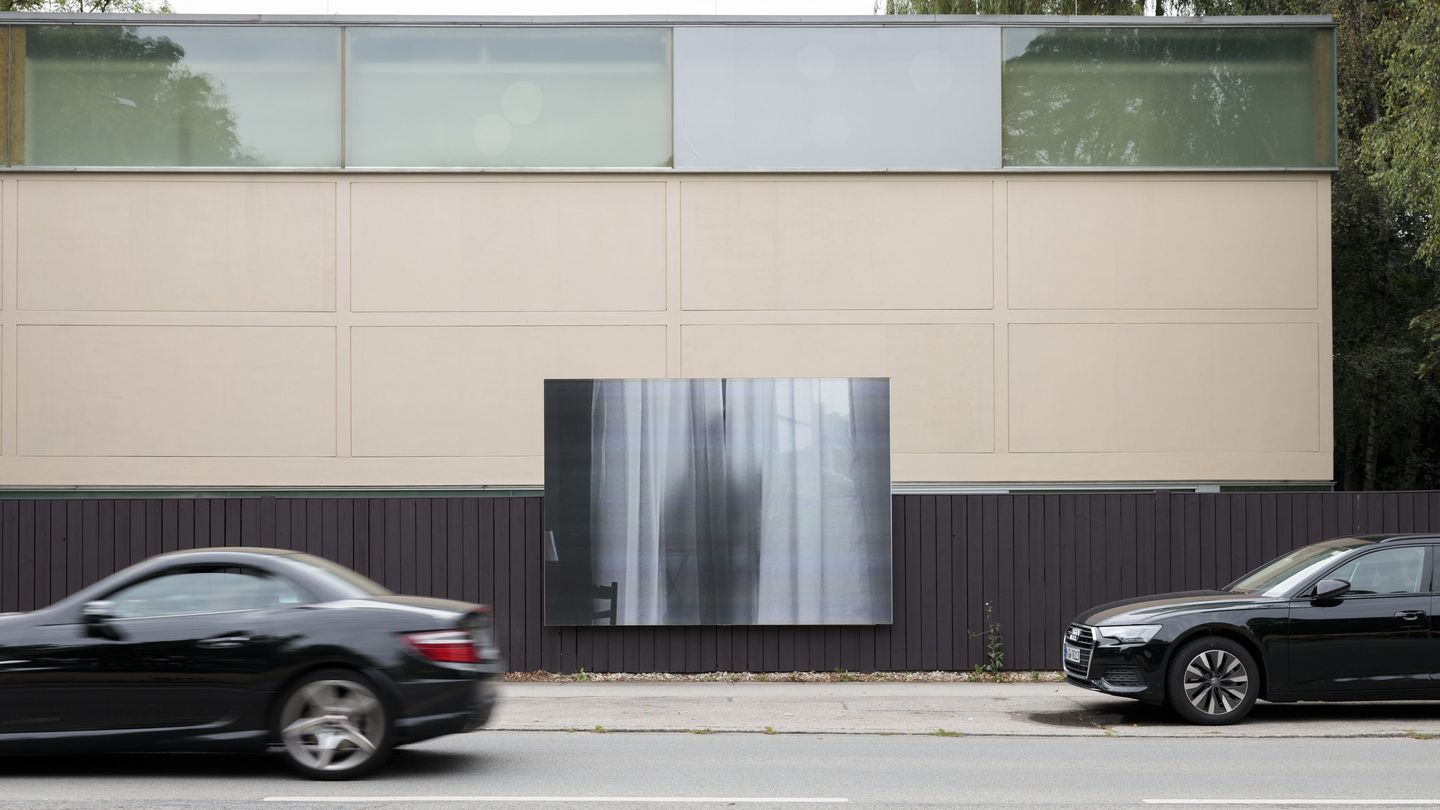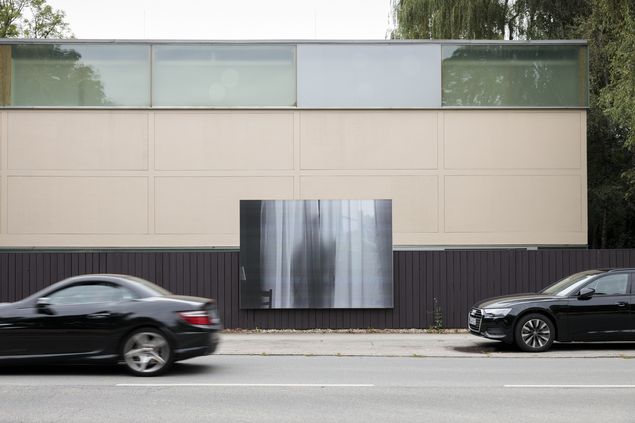Felix Gonzalez-Torres explored death and transience in a poetic manner in his work. He also used his art as a way to process his own personal experiences, including the loss of his life partner through AIDS and the death of his own father. Gonzalez-Torres himself contracted HIV and died at the age of 38.
Born in Cuba in 1957, the artist became known for his installation works such as the piling up of candies wrapped in colored cellophane and stacks of printed posters in the exhibition space. These minimalist sculptures consisting of everyday objects also have a participatory quality, as the viewer is summoned to use or consume them until the piles or stacks disappeared. Thus, the works also serve as a metaphor for the transience of human existence.
The reciprocal permeation of the private and public realms is characteristic of the artist’s work. This approach is evident above all in his poster campaigns in urban space, a series he began in 1991. That same year, his partner died of AIDS; in tribute, Gonzalez-Torres presented a photograph of the couple’s unmade bed on twenty-four giant billboards throughout New York City.
Ingvild Goetz, who began collecting the artist’s work early on, presented Gonzalez-Torres in 1995 in a double exhibition with Roni Horn. Torres also created a portrait for her in the form of a minimalist typeface. It is one of the few permanently exhibited works in the Sammlung Goetz exhibition building; it is currently not accessible because of the ongoing renovation work.
Locations of the work on public billboards in Munich
Auenstraße opposite number 58
Blumenstraße / Pestalozzistraße
Marienplatz / Marienhof lower level exit Dienerstraße
Odeonsplatz / connecting corridor U 6/5
Elisabethstraße opposite nuber 51
and
in front of the Sammlung Goetz, Oberföhringer Straße 103



![[Translate to English:]](/assets/sammlung-goetz/_processed_/a/0/csm_MelB_04_04f14863f0.jpg)




